source:DISCOVER SHAANXI editor:Wenny

For the story of light industry, it has to be told by Shaanxi University of Science and Technology

Shaanxi University of Science and Technology is the only multidisciplinary university in west China with the characteristics of light industry, also a national key university jointly built by the Shaanxi Provincial People's Government, China National Light Industry Council and China National Light Industry Group Company. China's first university of light industry was founded in Beijing in 1958 and was named Beijing Institute of Light Industry at the time; it was then moved to Xianyang, Shaanxi in 1970 and was renamed Northwest Institute of Light Industry. In 2002, it was settled with the current name. Based on this history, the initiative of establishing this light industry museum by SUST couldn't make more sense.

China Light Industry Museum is located at the central area of Weiyang campus, built upon the Lake of SUST. It is China's first museum themed with light industry, dedicated to the collection and protection of Chinese light industry exhibits.
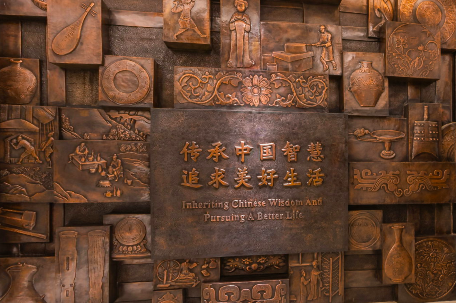
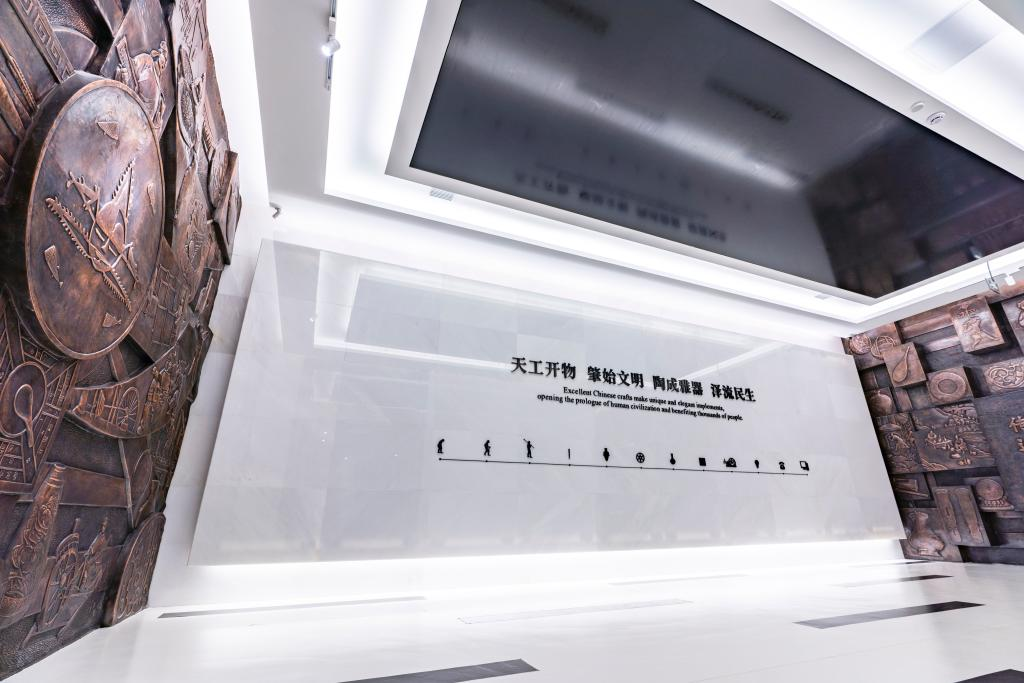
Front hall of the museum
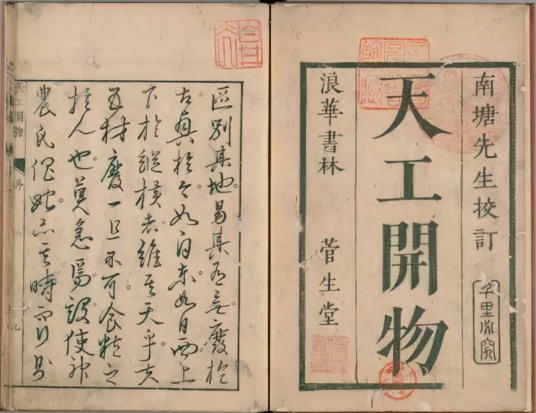
"Tiangong Kaiwu" (The Exploitation of the Works of Nature), mentioned in the preface of the front hall, is the world's first comprehensive work on agriculture and handicraft production, also the integrated scientific and technological treatise written by the scientist Song Yingxing in the Ming Dynasty. Foreign scholars call it the "Encyclopedia of Chinese Crafts in the 17th Century".
The development of China’s handicraft industry
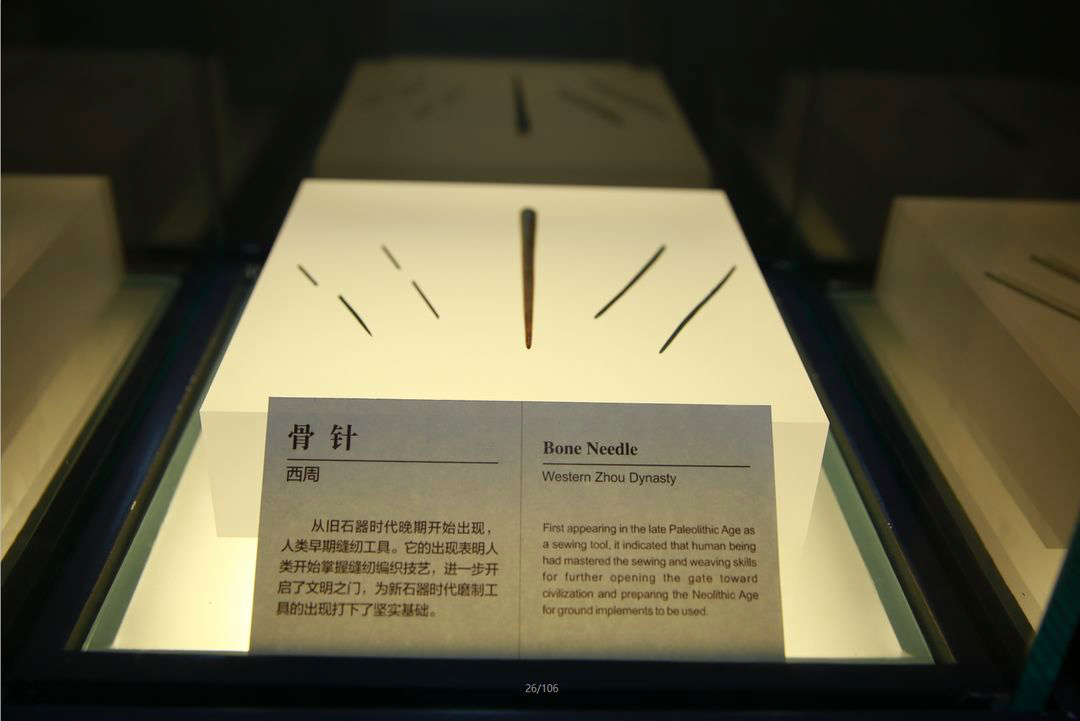
Spicule West Zhou Dynasty (1046 BC - 771 BC)
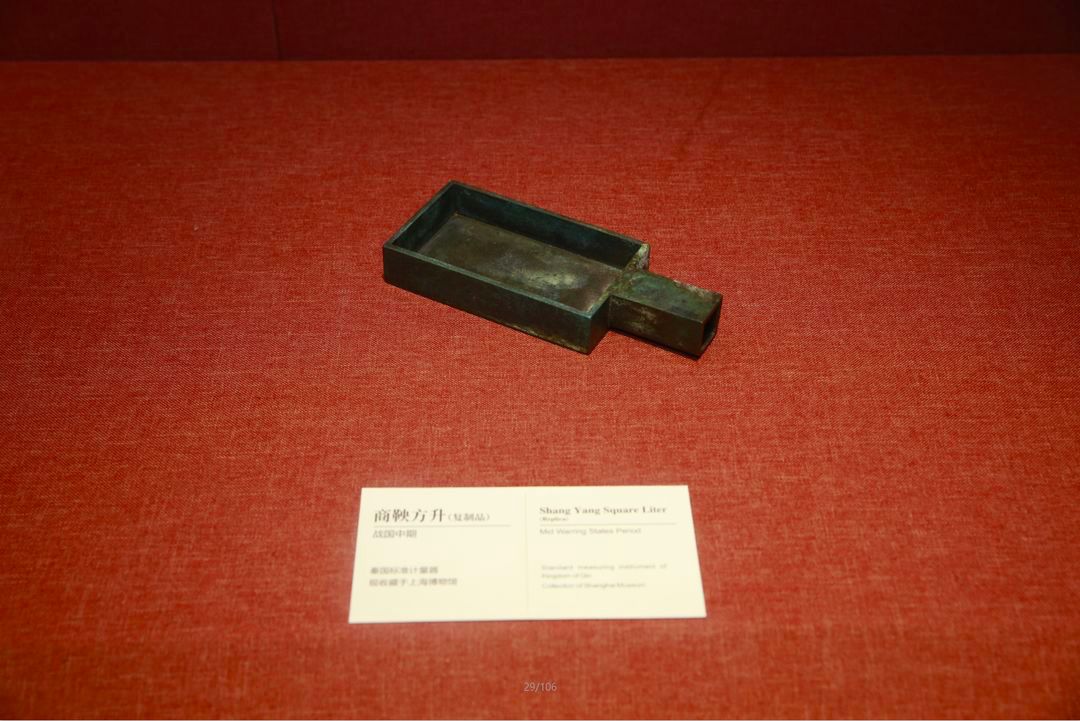
Square Bronze Sheng Capacity Measure Made by Shang Yang
Warring States Period
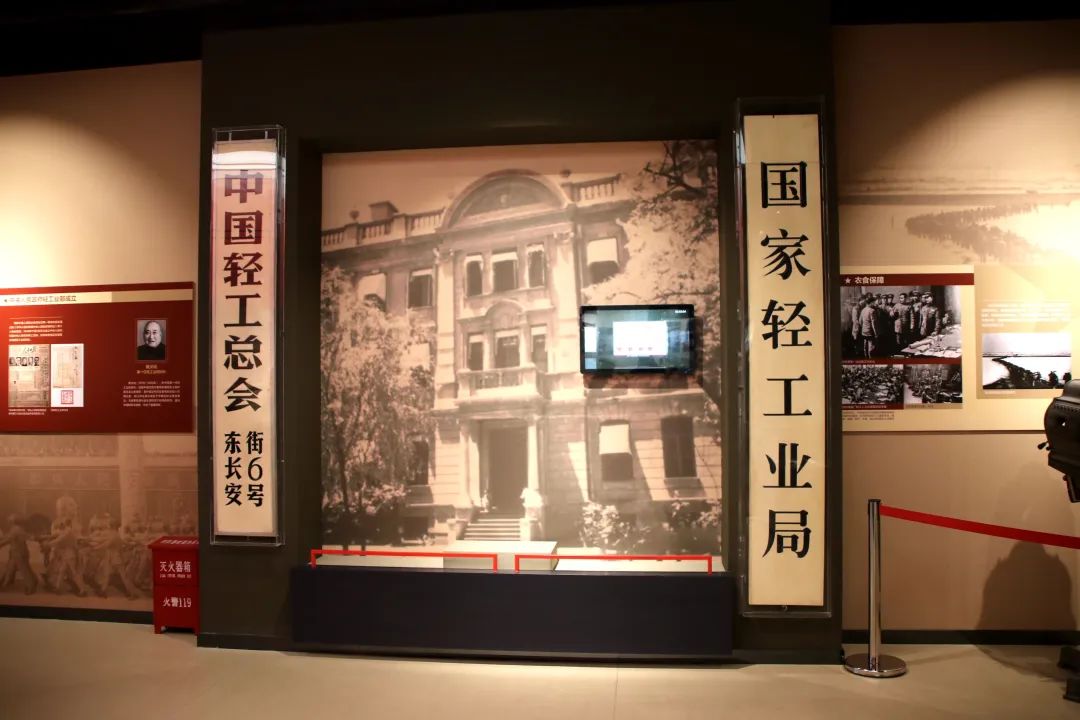
Immediately after the founding of New China, the Ministry of Light Industry was established. The picture above displayed the gate plate used by China Light Industry Bureau and China Light Industry Council. After the founding of the PRC, although heavy industry was given much more attention referring the Soviet model, the development of the light industry was also a major focus. Since then, China's light industry has encountered historic opportunities.
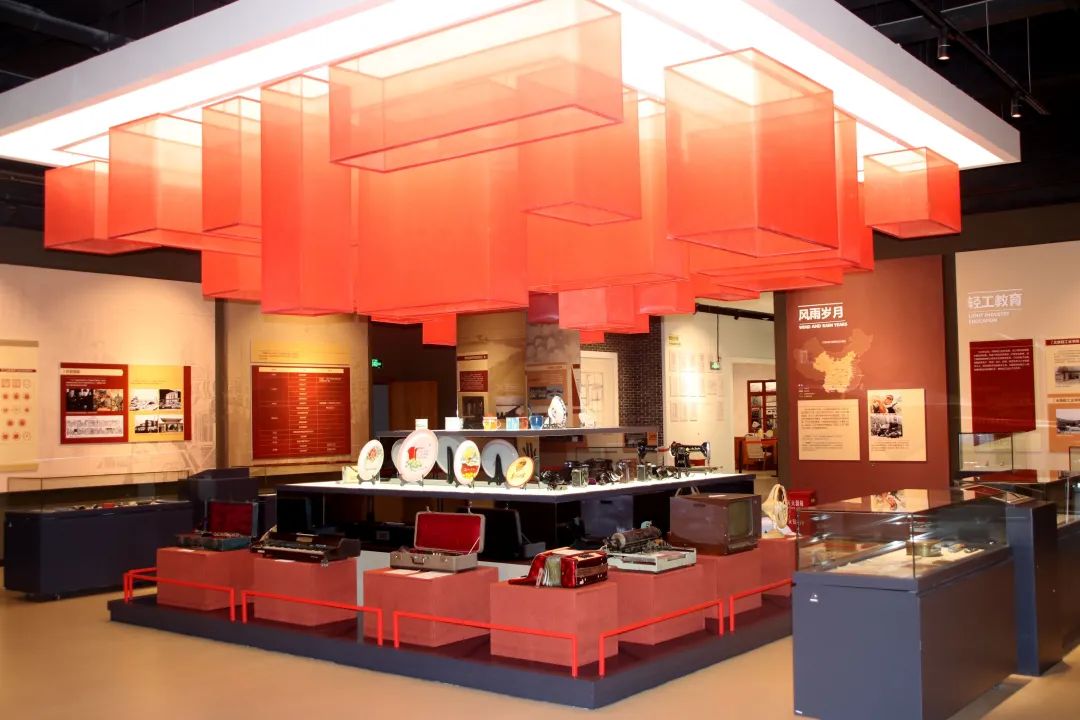
Light industrial products in the early days of the founding of New China
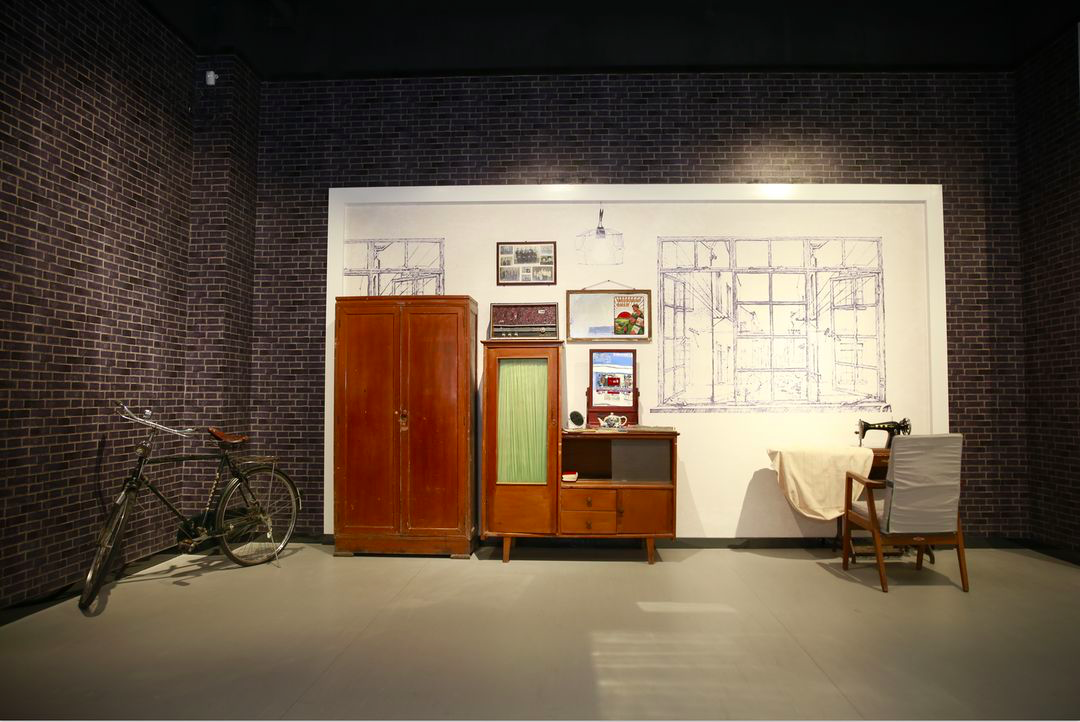
People’s home during the 1970s
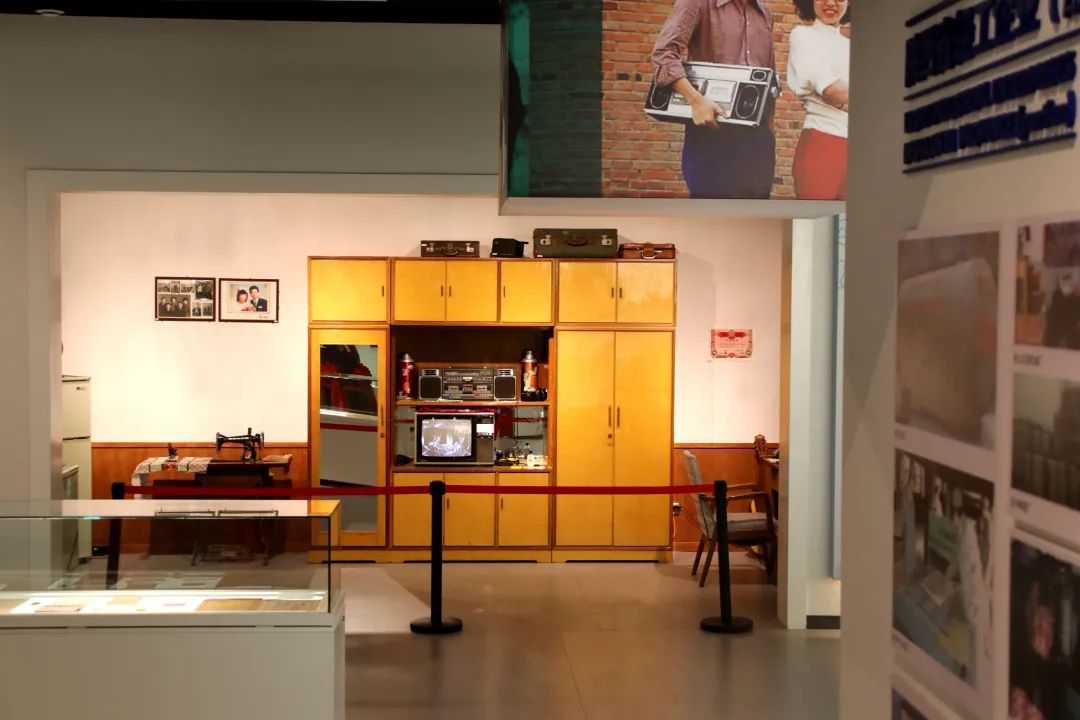
People’s home during the 1980s
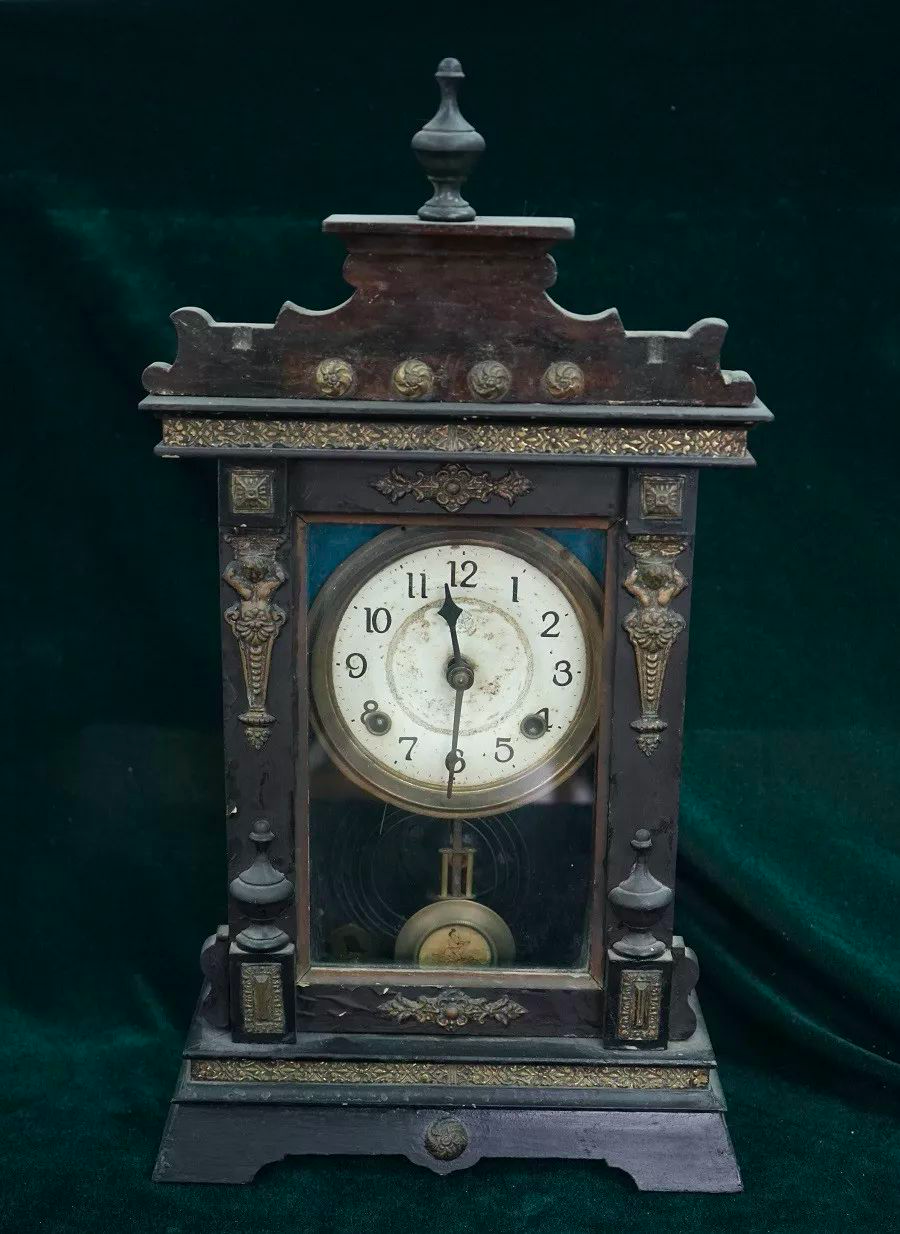
Table Clock (brand: Shanghai Fuxing). In the 12th year of the Republic of China (1923), two Shanghai watchmakers raised their own funds and founded the China Clock Factory. Due to relatively weak technical capabilities, they spent 7 years building a clock but ended with no achievement. In the 18th year of the Republic of China (1929), the factory was acquired with a refreshing start under the brand Fuxing, and the table clocks and wall clocks officially went into production. They were sold to various regions in China and Nanyang (Southeast Asia in old times), with a maximum annual output of 60,000. The inner structure of the clock is pretty solid and tight, the style is simple but elegant, and the time is accurate, the Fuxing clocks were the head product of the Chinese clock industry at that time.
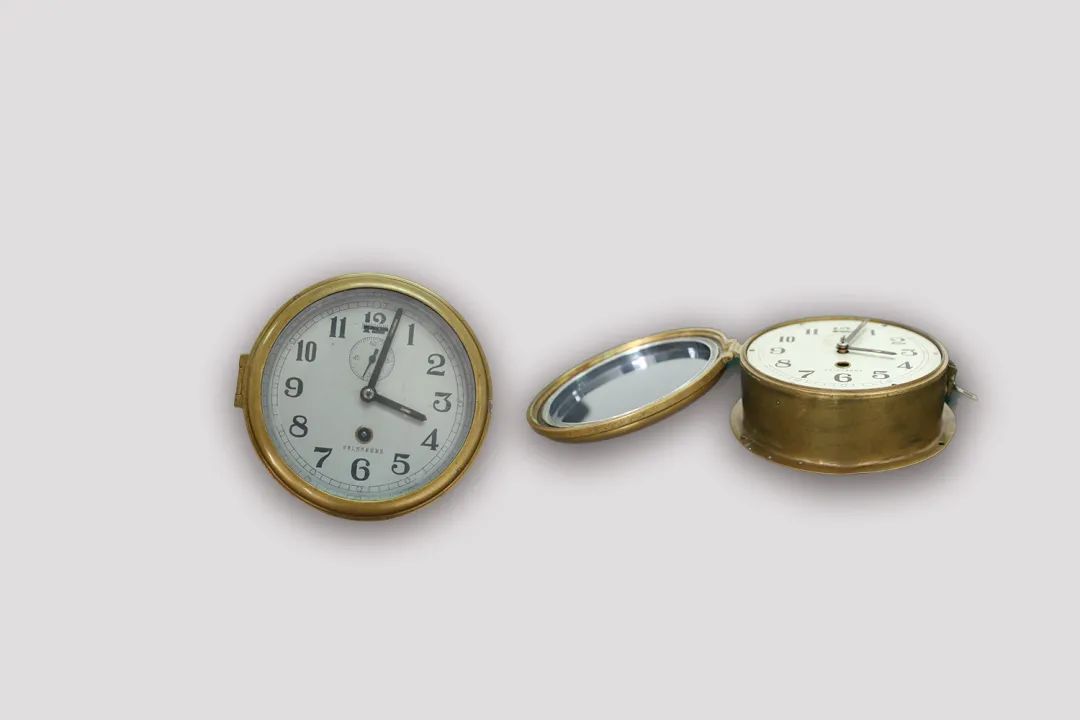
Model 104 copper-shell ship clock is the earliest ship clock in China. It was developed by China in 1959 and passed the ship clock technical appraisal jointly organized by China's Naval Equipment Order Supervision Department, the Ministry of Light Industry, and the Ministry of Three Machinery on June 16, 1963, then put into production in 1964. This ship clock is a classic domestic product, and the brightness of its panel phosphor enables people to read time at a distance of 1 meter in a dark room.
For what you use on a daily base, SUST will show you how they are produced.
This exhibition hall vividly showcases the subject characteristics of SUST, covering total eight sections such as glass, ceramics, leather, papermaking, food, chemical industry, light industry machinery and industrial design. It mainly displays the latest scientific and technological achievements of disciplines closely related to light industry and development trend.
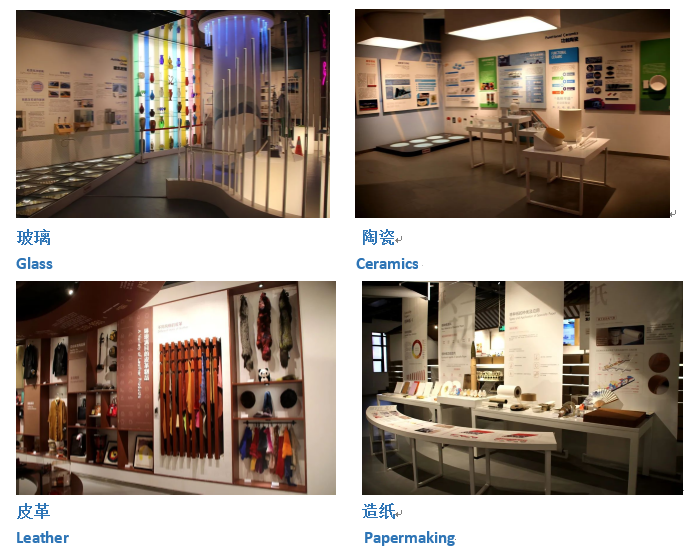
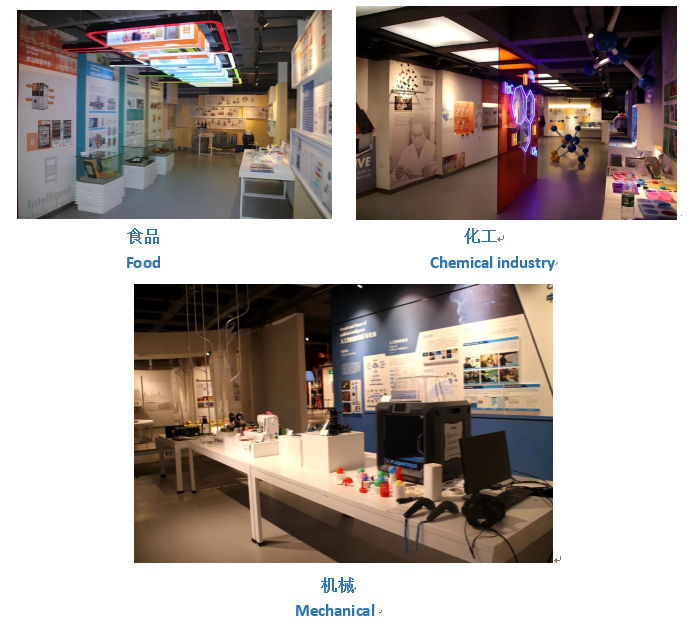
Other featured collections
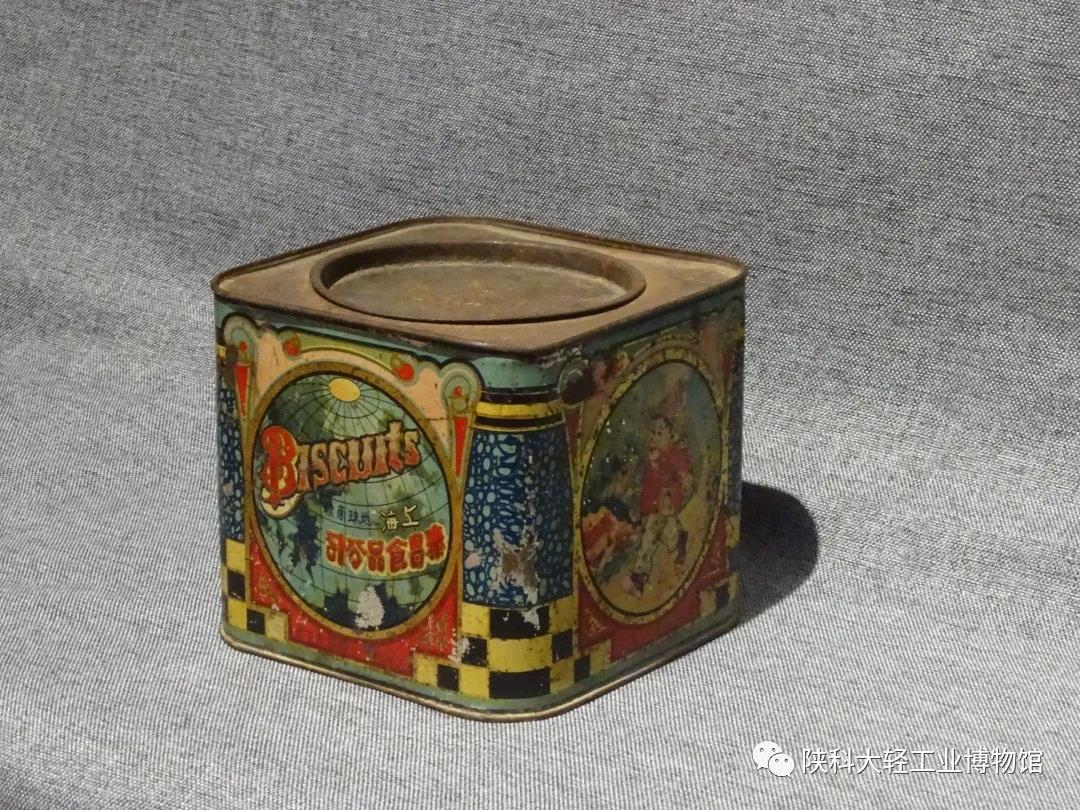
Guess what this is? The cookie jar during the Republic of China
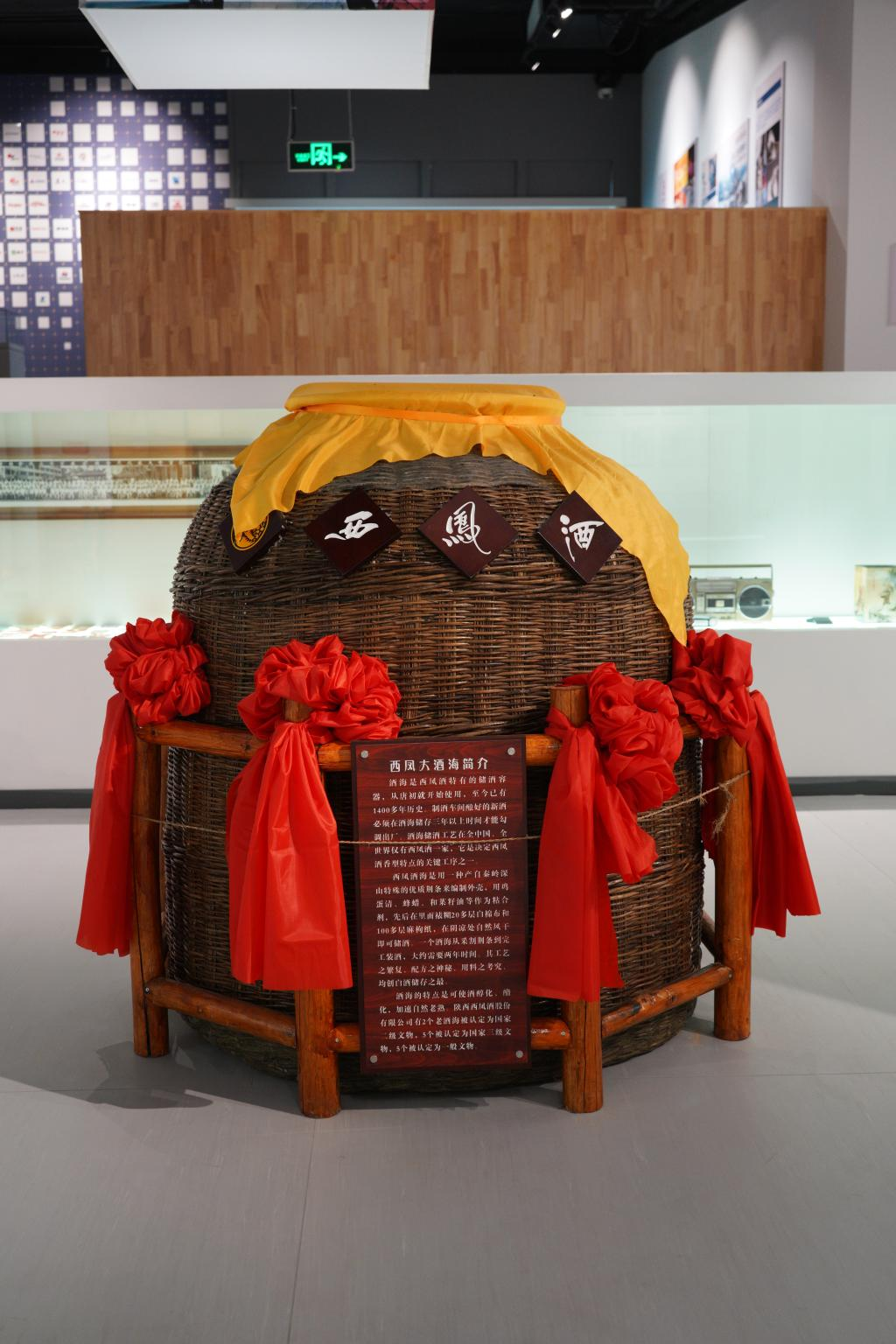
The Big Jiuhai of Xifeng
Jiuhai wine storage technology is exclusively developed and applied by Xifeng in China and the world, this technology is actually one of the key processes that determines the flavor features of Xifeng liquor.
Xifengjiu (西凤酒), also known as Xifeng liquor, is an alcoholic Chinese drink made from barley and pea-flavoured baijiu. It is named from its production in Fengxiang County, Baoji City, Shaanxi.
Pics and info source from Shaanxi University of Science and Technology